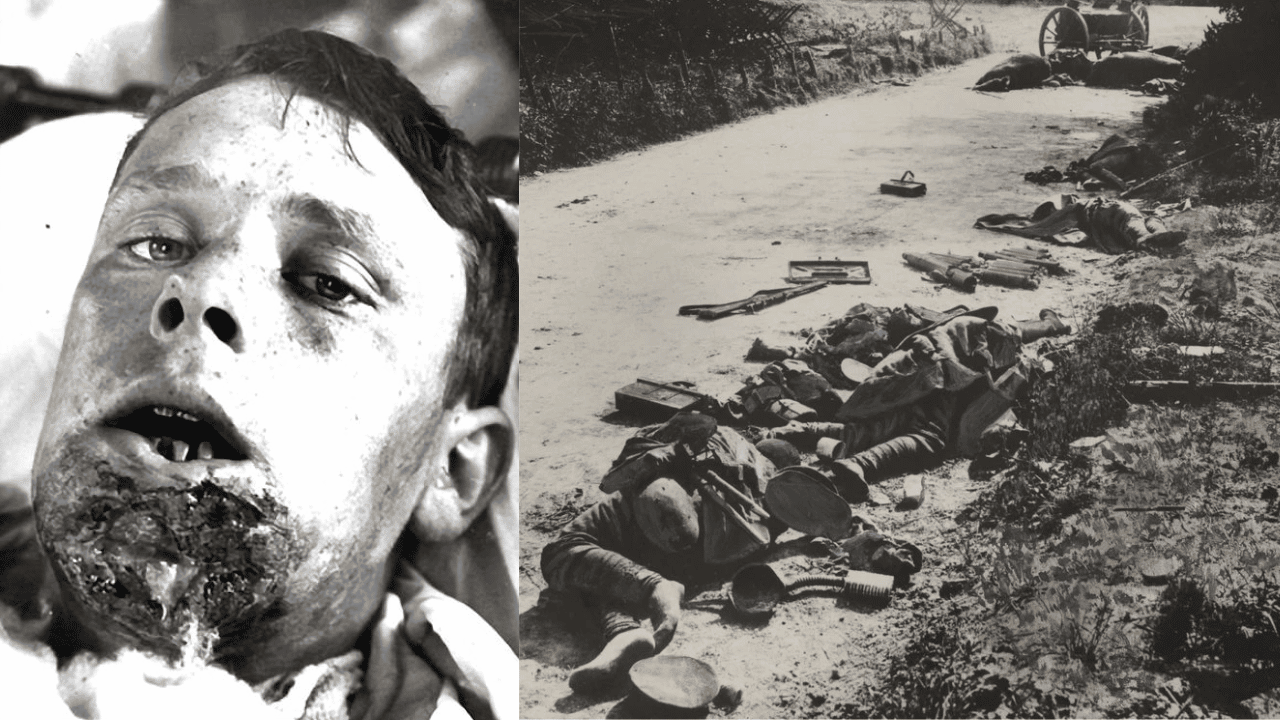Anytime a sane person mentions the reality that military conscription is forced labor under vile conditions and therefore slavery, the person is almost always met with “but soldiers got paid.” The bizarre response comes from the term “free labor” and the assumptions that follow. “Free” (to them) means no labor costs, thus the opposite of “free” is “paid”, therefore the problem with slavery was the amount of compensation involved. But of course running a plantation is expensive, the main reason rich people were more likely to own slaves than poor people. This allows the culprit to be money, instead of placing blame on the initiation of violence against a peaceful person.
Slavery has nothing at all to do with compensation. That would mean all school work is slavery, personal research, and volunteer work, is slavery since it involves you working without pay.
The problem is not the money involved, but the fact that the slave was met with threats of physical violence if they did not perform certain tasks.
Volunteering for the armed services is a different story entirely, you want the risk? It’s your life. However, millions of men throughout history have been enslaved into getting PTSD, their limbs blown off, and getting murdered; surely those who represent “the little guy” should prioritize this narrative.
Progressives are terrified of this reality considering it’s implications: In their 1619 crusade to write all the wrongs of slavery, they missed the worst form of slavery which applied only to males.
But for those who still believe getting paid for forced labor justifies forced labor:
Here, too, the slaves of all the other farms received their monthly allowance of food, and their yearly clothing. The men and women slaves received, as their monthly allowance of food, eight pounds of pork, or its equivalent in fish, and one bushel of corn meal. Their yearly clothing consisted of two coarse linen shirts, one pair of linen trousers, like the shirts, one jacket, one pair of trousers for winter, made of coarse negro cloth, one pair of stockings, and one pair of shoes; the whole of which could not have cost more than seven dollars. The allowance of the slave children was given to their mothers, or the old women having the care of them. The children unable to work in the field had neither shoes, stockings, jackets, nor trousers, given to them; their clothing consisted of two coarse linen shirts per year. When these failed them, they went naked until the next allowance-day. Children from seven to ten years old, of both sexes, almost naked, might be seen at all seasons of the year.
– Frederick Douglas, Narrative of the Life of Frederick Douglas p. 8





